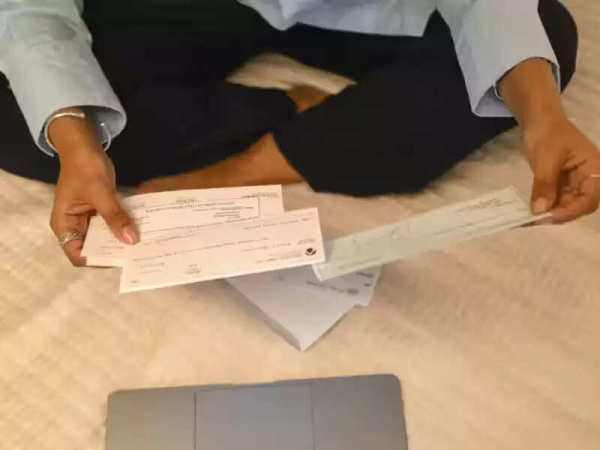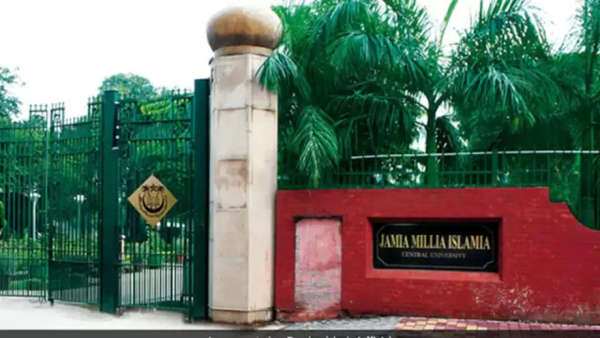
In today's time, the trend of online transactions has certainly increased, but the importance of cheques has not decreased. All transactions are still done through cheques. While making payment through cheque, the name of the recipient, bank details and the amount to be transferred are given and signed. You must have seen that after filling the amount on the cheque, 'Only' is written and a slanting line (/-) is drawn, but have you ever wondered why this is done? Know the reason here.
It is not necessary to write 'Only'
It is not that if you do not write 'Only' after writing the amount on the cheque, then there will be a big mistake in the cheque or it will not be accepted. There is no such rule. By writing Only after writing the amount in the cheque, does the cheque become secure in a way?
Then why is 'Only' written
After filling the amount on the cheque, when you write 'Only' and draw a slanting line (/-), then there is no space left to add anything after the amount. This can prevent fraud through the account to some extent.
Understand with an example.
Suppose you issue a cheque of Rs 20,000 in the name of a person and do not write anything after filling in the amount, then in such a case, any number can be added after 20,000. But if you write 20,000 Only/-, then there is no space left to write anything after the amount. This makes your cheque secure to some extent.
Why are two lines drawn on the corner of the cheque?
The two equal lines drawn on the left corner of the cheque are not drawn for any design, but they have some meaning. These lines mean Account Payee Only, i.e. the amount deposited in the account should be received only by the person in whose name the cheque has been drawn. Many times people write Account Payee or A/C Payee between these lines drawn on the cheque. No other person can cash an account payee cheque. The amount filled in the cheque will be transferred only to the account of the person in whose name the cheque has been drawn.
Why are signatures put on the back of the cheque?
There is no need for a signature on an order or account payee cheque. Similarly, there is no need for a signature on a bearer cheque when a person has gone to withdraw money from his account through a cheque. A signature is needed when a third party i.e. a third person has come to withdraw money on someone else's request with a bearer cheque. In such a situation, by getting signatures on the back of the cheque, banks work to save themselves from any kind of accountability. By taking the signature of whoever has come to withdraw money, it is ensured that the money has been given by the bank and even if the money has gone to the wrong person, the bank will not be responsible for it.
Disclaimer: This content has been sourced and edited from Zee Business. While we have made modifications for clarity and presentation, the original content belongs to its respective authors and website. We do not claim ownership of the content.









